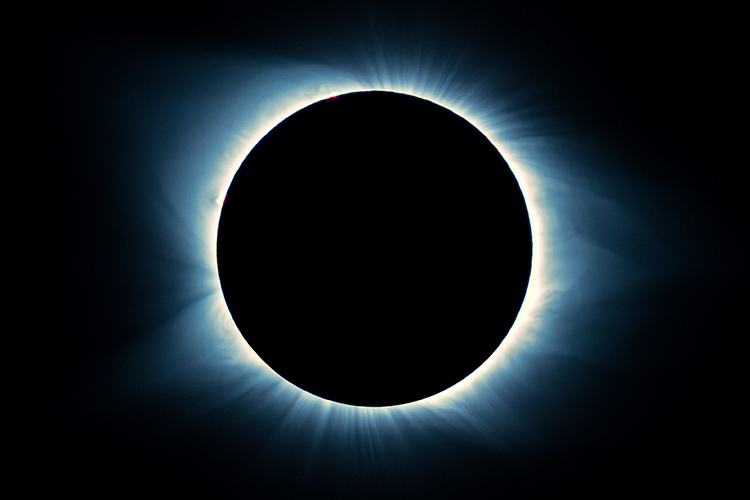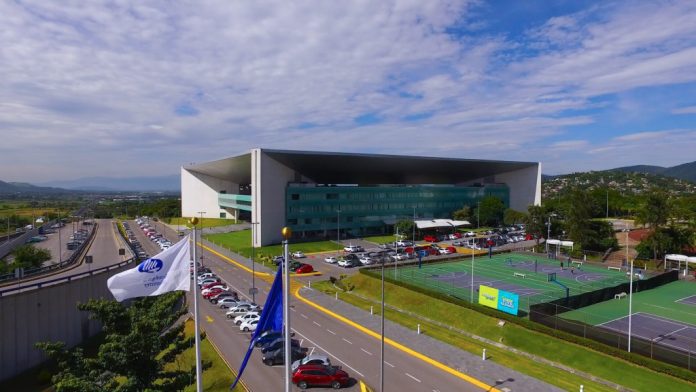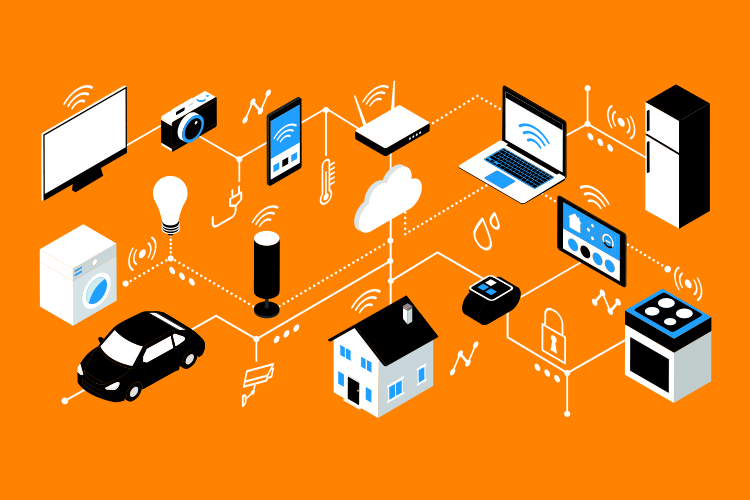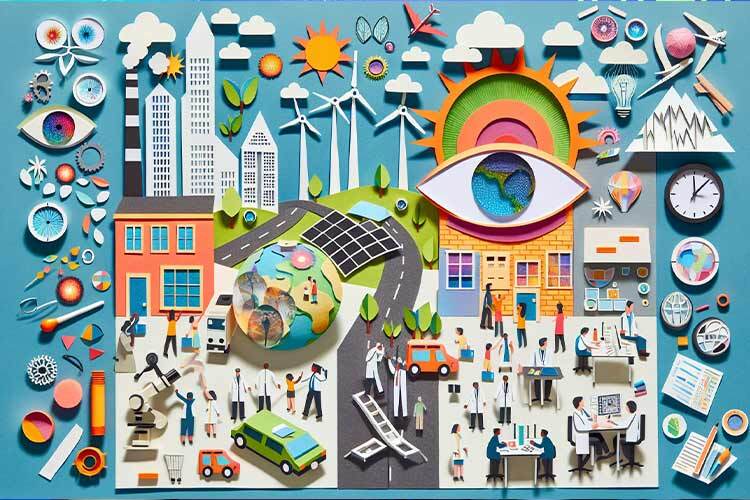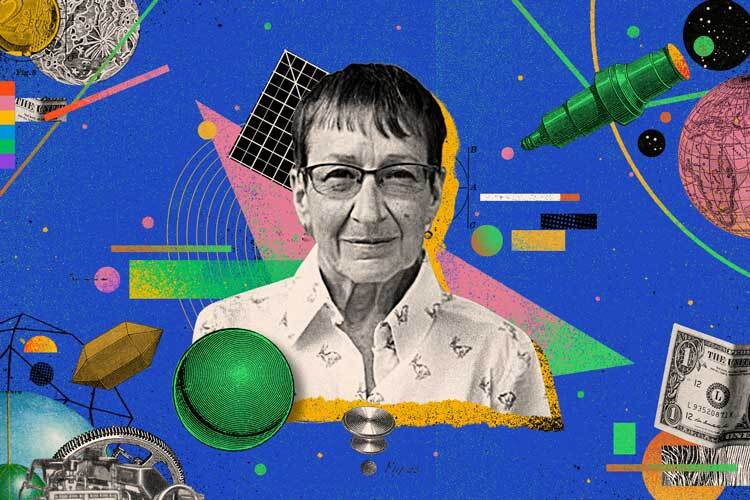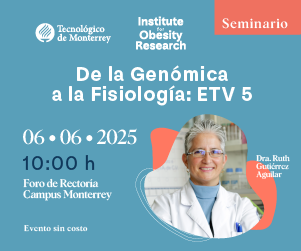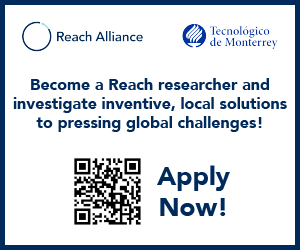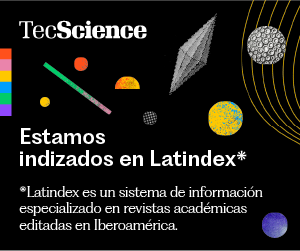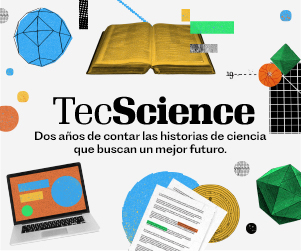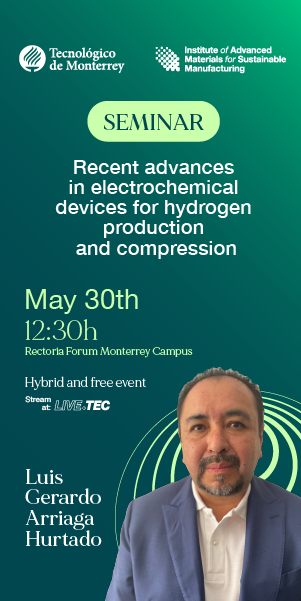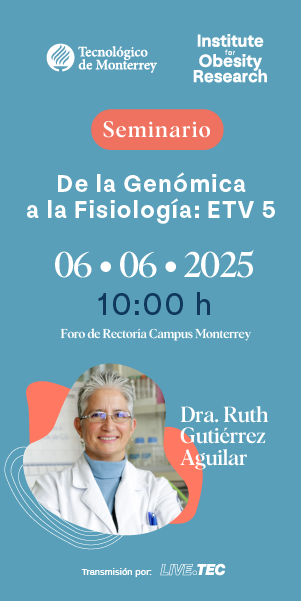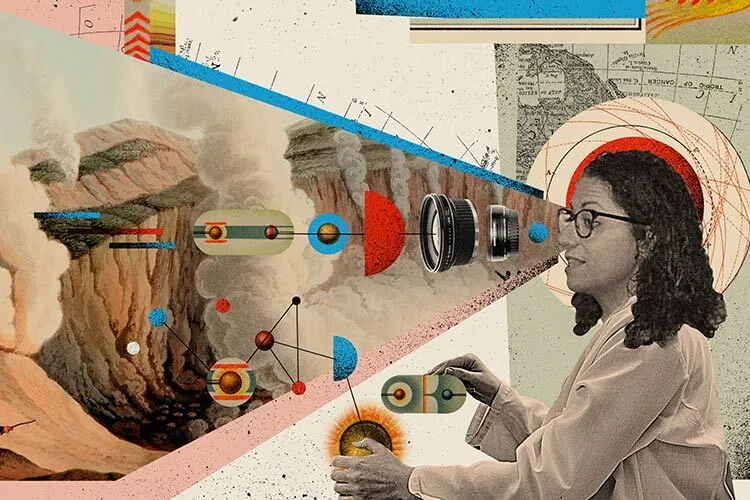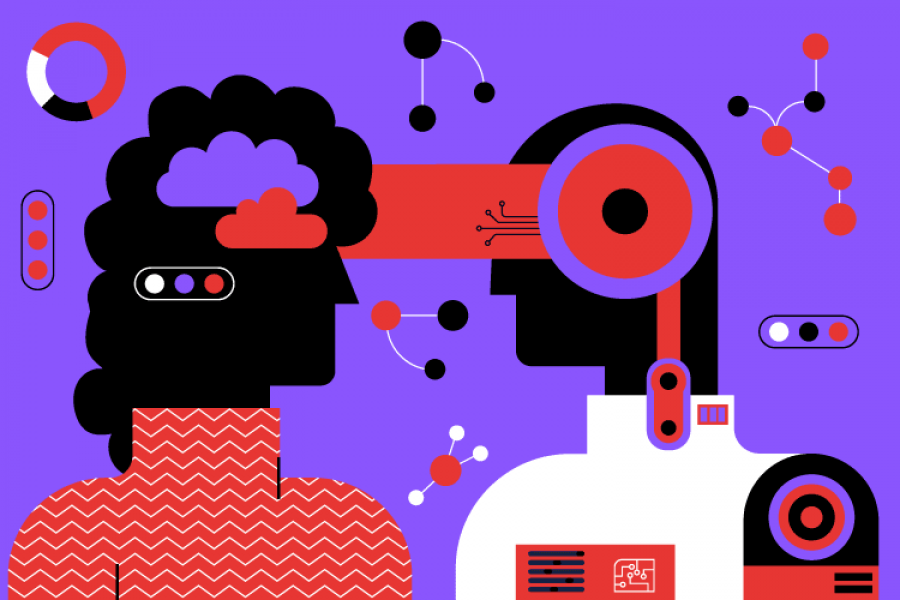On April 8, an eclipse will be visible in the Mexican states of Sinaloa, Durango, Coahuila,
and Chihuahua. This astronomical phenomenon will also be visible from other parts of
North America, and we explain here why it will be so special.
It’s important to know that this is a total solar eclipse and the next one visible from our
country won’t occur until 2052.
Throughout history, total solar eclipses have improved our understanding of the universe because they “help generate data, models and make predictions,” PhD. Carolina Berenice Rodríguez, astrophysicist and director of Industrial Physics at the Tec Campus Monterrey.
In this type of eclipse, the Moon blocks the light of the Sun, casting a shadow on the
Earth that causes a few minutes of total darkness during the day. These events
cannot be observed very often since several cosmic conditions and coincidences are
necessary for them to occur.
“In the middle of a total eclipse, there is absolute darkness. It’s so dark that you can see
the stars, which we normally see at night,” says Professor Brenda Arias, coordinator of the Department of Science Communication at UNAM’s Institute of Astronomy, in an interview with TecScience.
Vista del #eclipsesolar total de 2024
— TecScience (@TecScience_) April 8, 2024
En este tipo de eclipses la Luna tapa la luz del Sol, proyectando una sombra sobre la Tierra que por algunos minutos produce total oscuridad durante el día. No son eventos que puedan observarse muy seguido; el próximo será hasta 2052… pic.twitter.com/O94To0FsNA
When Do Solar Eclipses Occur?
A solar eclipse occurs when the Moon passes between the Earth and the Sun, casting
its shadow on the Earth’s surface. Approximately every 28 days, during the new moon
phase, the new moon passes between the Sun and our planet, but the three celestial
bodies are not usually in the same plane, and eclipses don’t occur each month.
The Moon’s orbit is tilted at about 5 degrees to Earth’s orbit, and the two orbits rarely
coincide at the same point. This satellite’s orbit is only in a position where it effectively
eclipses the Sun two to four times a year.
Most of these times it does not cover it completely, resulting in partial solar eclipses. In
total eclipses, the moon’s orbital plane directly lines up with the Earth’s, casting a
complete shadow on the Earth.
Another major coincidence is also needed for a total eclipse to occur. Viewed from Earth,
the Sun and the Moon appear to be the same size, even though the Sun is 400 times
larger than the Moon.
However, it’s 400 times closer to the Earth than the Sun. In the sky, from our point of view, it makes both celestial objects appear to be the same size. This doesn’t happen every day.
Since the Moon’s orbit around the Earth is elliptical, it is only on the days when the Moon is closest to our planet (the perigee, or when it is in the “narrow” part of the ellipse) that its apparent size is equal to that of the Sun.
“We call it a supermoon because it looks a little bit bigger and brighter. It’s slightly closer,”
says Arias.
What Makes This Eclipse Special?
According to the expert, this eclipse is special “because it can be seen from Mexico,
and this is exciting for us. It is truly an extraordinary experience to witness a total eclipse.”
Another important factor for observing an eclipse is the position on the planet where the
Moon will cast its shadow since solar eclipses are only visible to people in those areas and
“it’s a matter of luck.”
The shadow moves from west to east, thanks to the constant movement of the Earth and
the Moon, and eclipses can be observed for only a few minutes from a precise point on the
planet.
In Mexico, the path of totality will cover several municipalities in Sinaloa, Durango,
Chihuahua, and Coahuila, making it visible to many people. In the rest of the country, the
eclipse will be seen at varying degrees, with the lowest being 45% totality.
What Are Some Of The Precautions Necessary To Observe The Eclipse?
Brenda Arias clarifies that the only risk that the eclipse poses is damage to the eyes:
“The sun should never be seen directly without adequate protection, eclipse or no eclipse.
During an eclipse, it seems that it is safe to observe it directly because it is dark, but the
problem is that many rays continue to reach the eyes and can irreversibly damage the
retina.
Carolina Rodríguez adds that filters should be used that comply with international standard ISO 12312-2, even when using cameras, phones or telescopes: “Do not look at eclipses directly unless you have a sunscreen”.
Regarding whether there are any special considerations to have with pregnant people, babies, or childhoods, the experts comment that the evidence is conclusive that no, their risks are the same as for the rest of the population.
